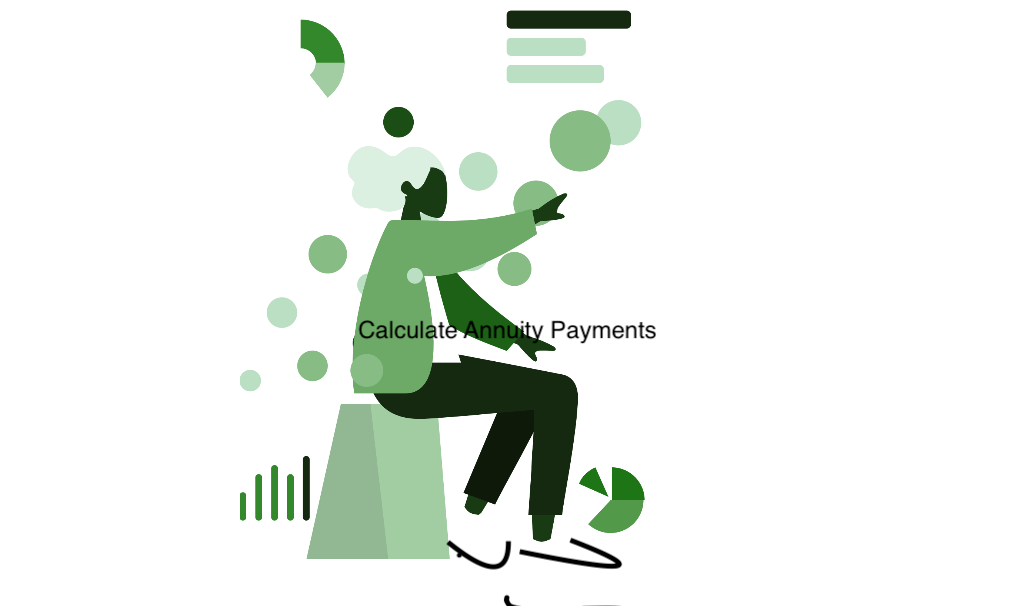Opinions expressed by Entrepreneur contributors are their own.
Generational diversity is diversity. Diversity is broader than just race and gender. We often oversimplify diversity to attributes we think we can see — like race and gender, yet the richness of diversity goes beyond our skin color and gender identities. Most attributes of diversity are fluid — gender, race, ethnicity and age — they can change over time or people may associate along a spectrum or identity with multiple categories within a dimension.
Age is a fluid dimension of diversity as it’s constantly changing.
Our workforce currently has four generations participating in it. Although there is no formal authority to define generations, generations are commonly defined by birth year:
- Baby Boomer Generation: People ages 56 to 75 (born between 1946 and 1965)
- Generation X: People ages 41 to 55 (born between 1966 and 1980)
- Generation Y (millennials): People ages 25 to 40 (born between 1981 and 1996)
- Generation Z: People ages 9 to 24 (born between 1997 and 2012)
Related: Diversity Starts at the Top: Embrace Different Perspectives for Maximum Success
Gen Z is the most diverse generation of all time
Because Gen Z grew up in a time of peak immigration in the U.S., they had more exposure to other racial groups and ethnicities. They also grew up in a more welcoming and accepting environment for the LGBTQ+ community.
Neurodiversity is also a key dimension of difference for Gen Z. Rates of diagnosis for autism, ADHD and other neurodivergence have increased significantly in recent years. With exposure comes a broader acceptance of differences. People have not changed; it is the awareness that has. For organizations that want to attract top talent, addressing the unique aspects of generational diversity is key.
Gen Z expects inclusion
In a recent study by Monster, 83% of Gen Z individuals stated an employer’s commitment to diversity and inclusion is significant when choosing where to work. Another poll found 75% of people in Gen Z said they’d reconsider applying to a company if they weren’t satisfied with their diversity and inclusion efforts. It is common for younger generations to ask about diversity efforts at organizations during the interview process. They want to know if it’s simply window dressing or if it’s authentic and is quick to decipher authenticity.
Related: 6 Ways Multi-Generational Workforces Lead to Business Growth
Age bias is the biggest area of bias
According to Project Implicit, the most common bias people have is age. Most people have more positive associations with younger people than older people and 93% of older Americans have experienced age bias, one study said. As with many dimensions of difference, there are common stereotypes about age:
- Older people are poorly skilled with technology (and younger are better)
- Younger people are entitled (and older people work harder)
- Older people are more conservative (and younger people are more liberal)
These are just a few commonly held beliefs about people based on age. While biases and stereotypes can be rooted in some truth, it is important that we don’t apply a stereotype about a group of people to an individual. Here are some problematic ageist statements/actions with potential corrections:
- Giving the social media project to a young person vs. Delegating the social media project to a person with the most expertise/passion, regardless of age.
- “I don’t want to hire them because I am afraid they won’t work as hard” vs. “Let’s have objective criteria to determine fit rather than using outdated stereotypes.”
- Thinking “I know who they voted for” based on their age vs. Getting to know the person and their beliefs.
Related: Why You Need to Become an Inclusive Leader (and How to Do It)
One of the biggest challenges with ageism is that we have a primal fear of getting old. We discriminate against our older selves. In Ashton Applewhite’s Ted Talk, they discuss why we fear getting old and how the stigma of being “old” manifests itself in our culture. This fear can lead to unhelpful behaviors that discriminate against older employees.
In fact, ageism does not make sense. Most research shows that we are the happiest at the beginning and end of life given the data on the U Curve of Happiness. Happiness bottoms out in the mid-40s and often increases with age. Coupled with research on Blue Zones, studies find having a strong community as you age has the biggest influence on longevity.
Ageism is real. It’s often the biggest source of bias. Let’s be careful not to be biased against our younger, current or older versions of ourselves. As conversations on diversity and inclusion continue, expect them to intensify with Gen Z demanding more diverse representation and inclusive behavior in organizations. If generational diversity is not addressed, organizations stand to lose out as younger generations vote with their dollars and feet.
Generational differences are a part of the diversity conversation, yet often overlooked or not included. By including generational diversity in the overall diversity, equity and inclusion conversation you bring more human experiences and potential allies into the work.



